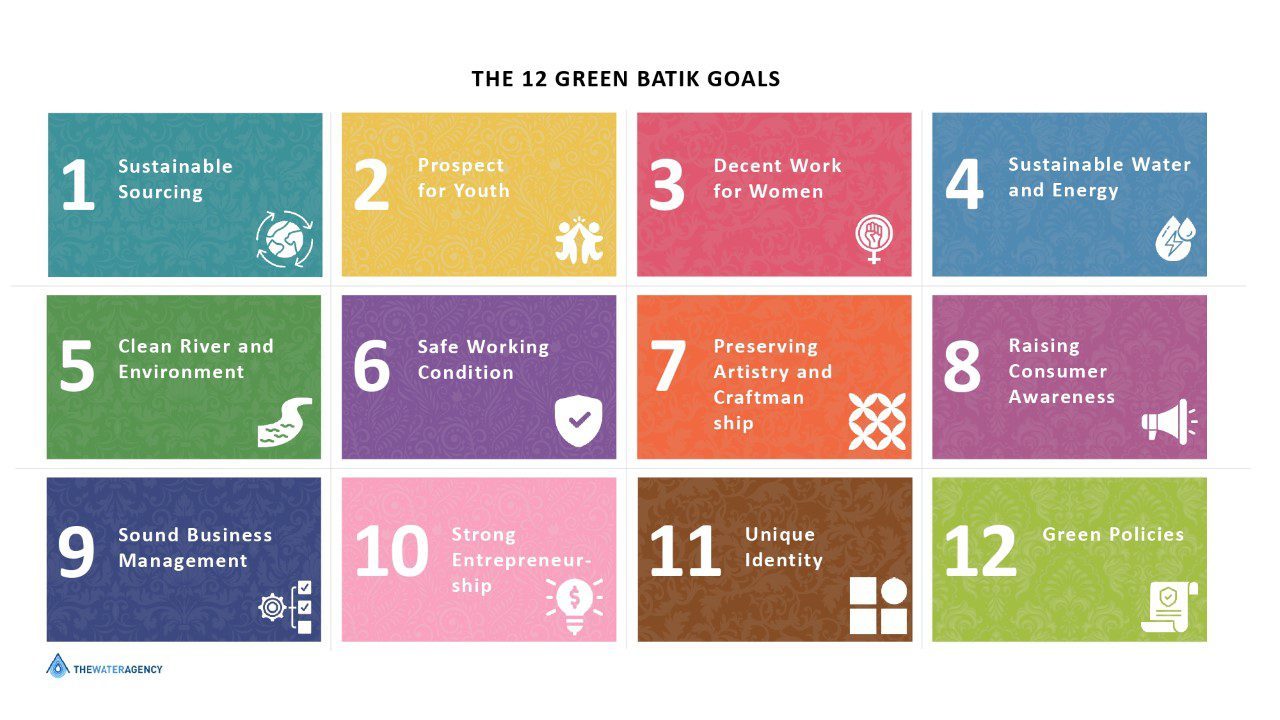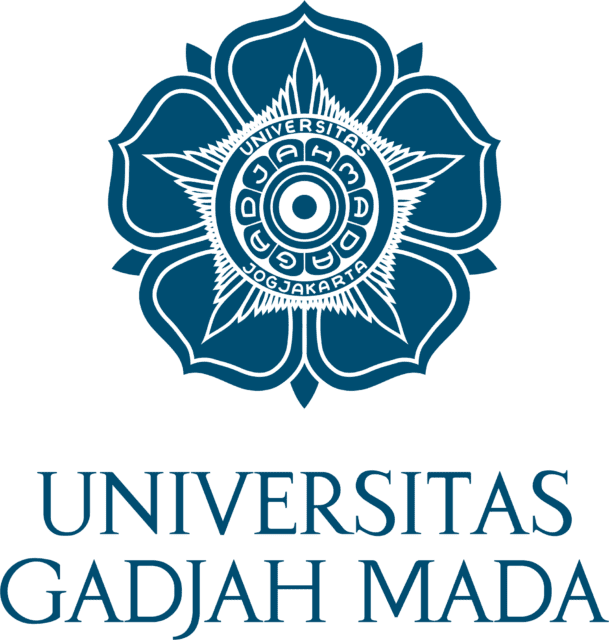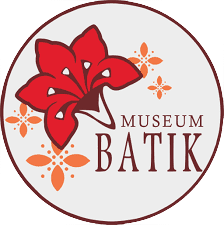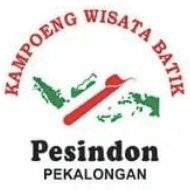Batik has been recognised as an icon of Indonesian culture for centuries. The colourful, painted fabrics with their beautiful intricate designs are known worldwide. From ministers to teachers, office workers and children: everyone in Indonesia owns a piece of Batik. But also outside Indonesia, batik has a huge following and continues to inspire fashion designers around the world.
The origins of batik in Indonesia go back to the 17th century. Initially started as a pastime activity, the craftsmanship of batik painting has been passed down for generations. While batik is produced across the Indonesian archipelago, the city of Pekalongan on the north coast of Central Java stands out as the undisputed ‘Capital of Batik’.
Unfortunately, anyone visiting Pekalongan today will immediately see the ‘ugly side’ of batik: traditional production methods are causing huge environmental damage, and dangerous labour conditions harm workers’ health. Adding to this, batik production consumes enormous amounts of water, energy, dyes and fabrics, which are all unsustainably sourced and exploited.
Making matters worse, a lack of modern-day business skills, poor marketing and weak entrepreneurship, have caused most of the Pekalongan’s 1,500+ batik producers to live on the edge of poverty, hurting their ability to invest and innovate and making batik a poor prospect for younger generations.
Towards Green Batik

Considering all the initiative’s objectives, communities’ optimism, and hopes for the Batik future, it was analysed that this movement needed 12 Green Batik Goals that act as the main guidance to reach the primary objective, the Green Batik.















